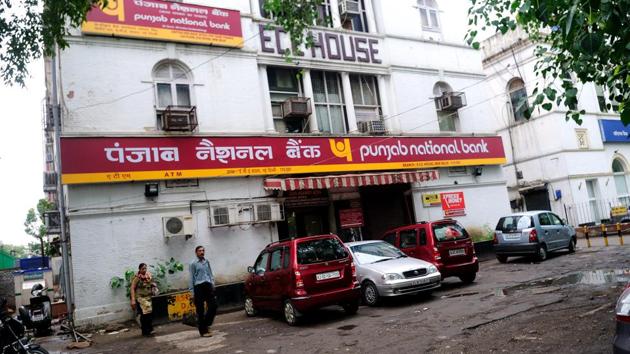The greatest threat to PSU banks are fintech disruptions
Nimble, digitally-focused, non-banks are entering the business, and many of them are about to eat the public sector’s future lunch
Despite a willingness to embrace bold and disruptive economic ideas, Narendra Modi has shown a strange reluctance to get the government out of businesses in which the private sector can do just as well. This is unusual for a man whose most famous quote before he became prime minister was that the government has no business to be in business, a statement he repeated even after becoming PM when he went to the US in September-October 2014. The chances are economic forces and circumstances will force him to chase privatisation sooner than later.

Of late we have seen moves to privatise Air India, the government’s white elephant that flies on the wings of taxpayer money. But the sector that really needs a huge political investment in selling the idea of privatisation is banking. The government is in a double-or-quits situation, where public sector banks need massive doses of capital to stay alive and start lending again. If this does not happen soon, there is little possibility of a broad-based economic revival before 2019.
According to rating agency ICRA, just five public sector banks – State Bank, Bank of Baroda, Bank of India, Punjab National Bank and IDBI Bank – account for 47% of the bad loans in the system, which are now in the region of Rs 9-10 lakh crore. Barring IDBI Bank, the remaining four are probably too-big-to-fail banks.
Even on a conservative reckoning, the government will have to pump in Rs 50,000 crore in new capital into public sector banks over the next one year, but money is the lesser of the two problems staring at the government. The more, and bigger, threat to public sector banking is the massive disruptions looming ahead. The future direction of banking is technology, technology and more technology. Nimble, digitally-focused, non-banks are entering the business, and many of them are about to eat the public sector’s future lunch.
Bad loans are almost yesterday’s problem compared to the threat of digital banks which will be very cost-competitive with low branch and manpower overheads, with an instant ability to penetrate large customer segments quickly. This is not something the public sector banks do not know, and the new State Bank Chairman, Rajnish Kumar, went public with his concerns about the threats from new fintech companies recently.
Fintech is a broad term used by many types of financial services firms that may or may not be banks, but which can quickly scale up and attract lots of customers using digital technology. At one end, we have new types of banks – payments banks like Airtel and Paytm, for example – who are trying to convert hundreds of millions of existing customers acquired in other businesses (like e-wallets or mobile telephony) to becoming banking customers. At another end, we have entirely new animals with quaint names like Faircent, Wishfin and Loantap who are trying to do an Uber or Ola in financial services. The new fintech companies will use technology and data-mining techniques to bring lenders and borrowers on the same platform to allow the easy raising of money without banks even coming into the picture. Consider how disruptive that can be of traditional banking business models if lenders and borrowers no longer need banks to intermediate.
The fintech companies are minnows now, but agile private banks can see and react more aggressively to these future threats than the public sector behemoths. Thus, while HDFC Bank is said to have cut 11,000 jobs to digitise its operations more, the State Bank has been merging its subsidiaries and adding staff to itself. While IndusInd Bank has recently taken over Bharat Financial Inclusion, a microfinance lender, and Axis Bank has bought itself an e-wallet company in Freecharge, our leaden-footed public sector banks are still focused on how to get the bad loans out of their books. It will take them at least the next few quarters to fix this problem, but long after the bad loans are gone, they will be stuck with the usual public sector handicaps of high branch and employee overheads, and a low capacity to respond to competition and disruption. At least 10-15 public sector banks will either need mergers or euthanasia in the medium term.
If the smaller banks are not privatised quickly, they will become albatrosses around the taxpayer’s neck. The various banking nationalisation acts must be repealed, and this needs Congress or opposition cooperation to get these bills through the Rajya Sabha.
Time is running out for public sector banks, and government needs to reach out to the opposition to prevent banks from becoming burdens. Whether that will happen with state assembly elections being the priority right now is another matter.



